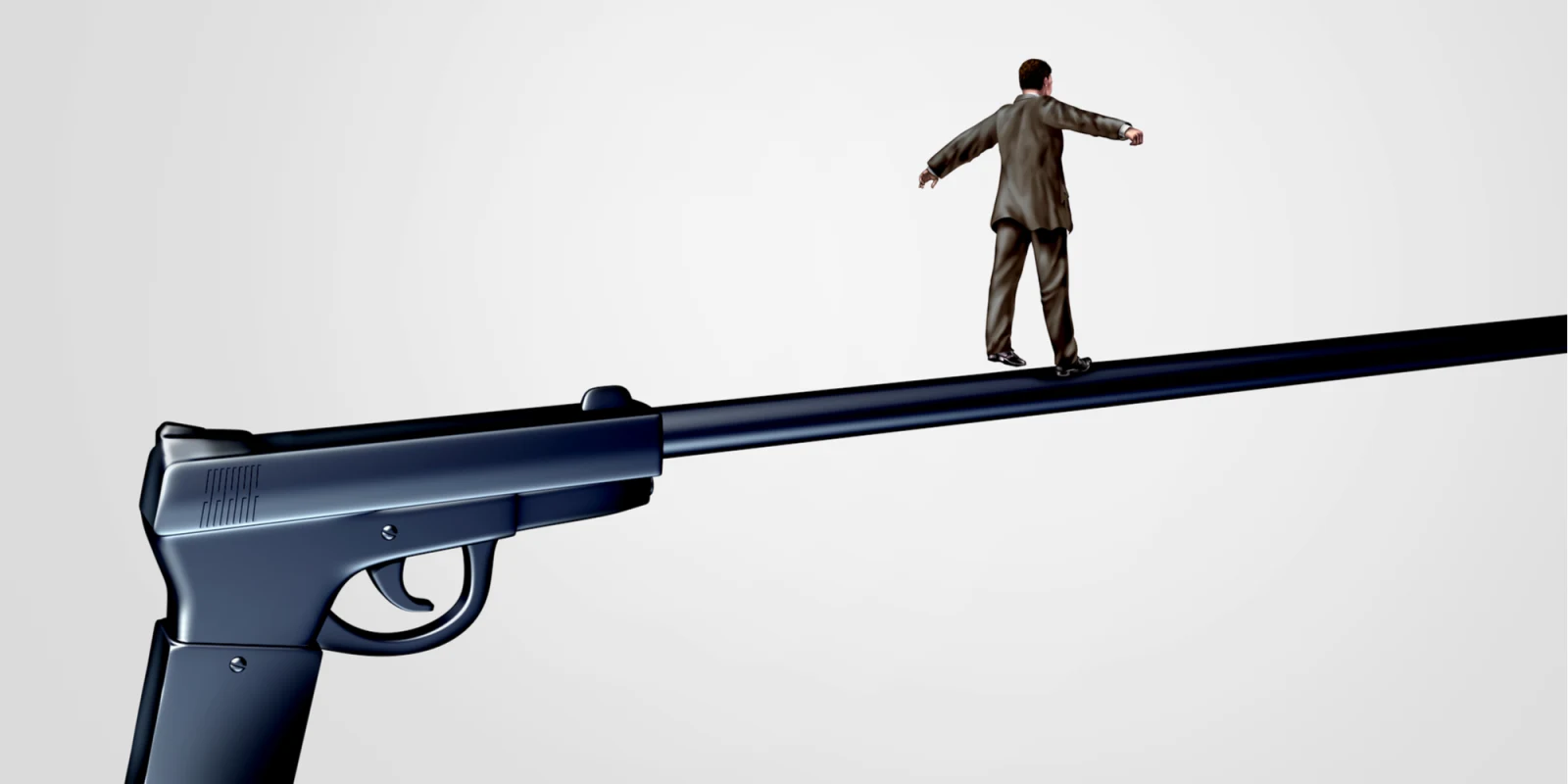
I thought his shoes were red. As he was wheeled into the pediatric ER, the first thing I noticed was the striking, dark red color of his sneakers. Beautiful, until coupled with the loud shrieks and river of tears rolling down his cheeks.
"I'm sorry, I'm sorry!"
Sorry?
"I just wanted a soda. I was walking to the store! I won't do it again."
A soda. A drive-by shooting. A loss of skin, muscle, tendon and bone. Red shoes.
My head is reeling but the ER remains calm. Trauma protocols are initiated and the staff swiftly jumps into action. Physicians and nurses from multiple specialties gather at the bedside to assess the damage. I remove his red shoes. I see his blood on my scrubs. He is whisked away to the operating room.
He survived. He was lucky.
Lucky. What an interesting word we use to describe victims who survive gunshot wounds. A child is shot in the leg with a bullet and he's lucky? I am thankful that my patient survived. I am equally heartbroken for those who weren't so "lucky," those whose lives were lost to senseless, preventable violence. To bullet holes and blood loss.
Every physician encounters clinical cases that keep them awake at night. Situations that seep into our dreams and, inevitably, change the way we practice medicine and live our own lives. Witnessing death or a near-death experience, especially of a child, is an indescribable experience. It makes us lie awake at night wondering how to prevent our patients from encountering any danger at all.
To be a doctor is to be an advocate. I am proud to stand with the medical community, propagating change that benefits society.
"Someone should tell self-important anti-gun doctors to stay in their lane," the National Rifle Association said, in response to the American College of Physicians' position paper on Reducing Firearm Injuries and Death in the United States (published October 30, 2018). Not even one day later, the U.S. experienced its 307th mass-casualty shooting of 2018.
According to the Centers for Disease Control (CDC), there were nearly 1,300 child and teenage deaths and 5,800 injuries that occurred secondary to firearm injury in 2017. Pediatric deaths are not a "left" versus "right" issue. This is not a "gun" versus "anti-gun" issue. This a public safety issue. Children are dying. Children, families, and communities are being victimized and our collective responsibility is to protect them.
I am not a gun expert. I am, however, training to become a patient safety expert. That's what physicians—what pediatricians—are. Patient safety experts. Preventative care. Not only do we identify and treat problems, we also provide education and support. We help our patients avoid unhealthy situations. Often, we offer such an enormous amount of anticipatory guidance to patients and families that we run out of time during well-visit checks.
The American Academy of Pediatrics recommends that pediatricians address firearm safety at every well-child visit: Do you own a gun? Where and how is it stored? It is accessible to your child?
We also address nutrition, transportation safety, sleeping habits, developmental and mental health milestones … the list goes on. We advise against smoking because it causes cancer. We advise against excess juice intake because it is linked with obesity. We recommend brushing your teeth to prevent cavity and abscess formation. We recommend all children wear helmets when riding bicycles to protect against skull fractures. We advise against having firearms in the home because it is high-risk for child mortality.
To the parents whose hands we have held after their child has been injured (or worse) by bullets—know that we fight for you. We drive in your lane.
We treat the bullet holes, the blood loss, the tears, and the fear. That is our lane.
Ultimately, we're all driving down the same road. But know that we—pediatricians, physicians—will be merging, accelerating, braking, U-turning, and swerving as necessary to get our patients to safety. This is our lane.
For all of the red shoes in the world, my lane is your lane is our lane.
ThisIsMyLane #ThisIsOurLane
Dr. Paige Kretschmar is a pediatric resident practicing in New Orleans, Louisiana.







